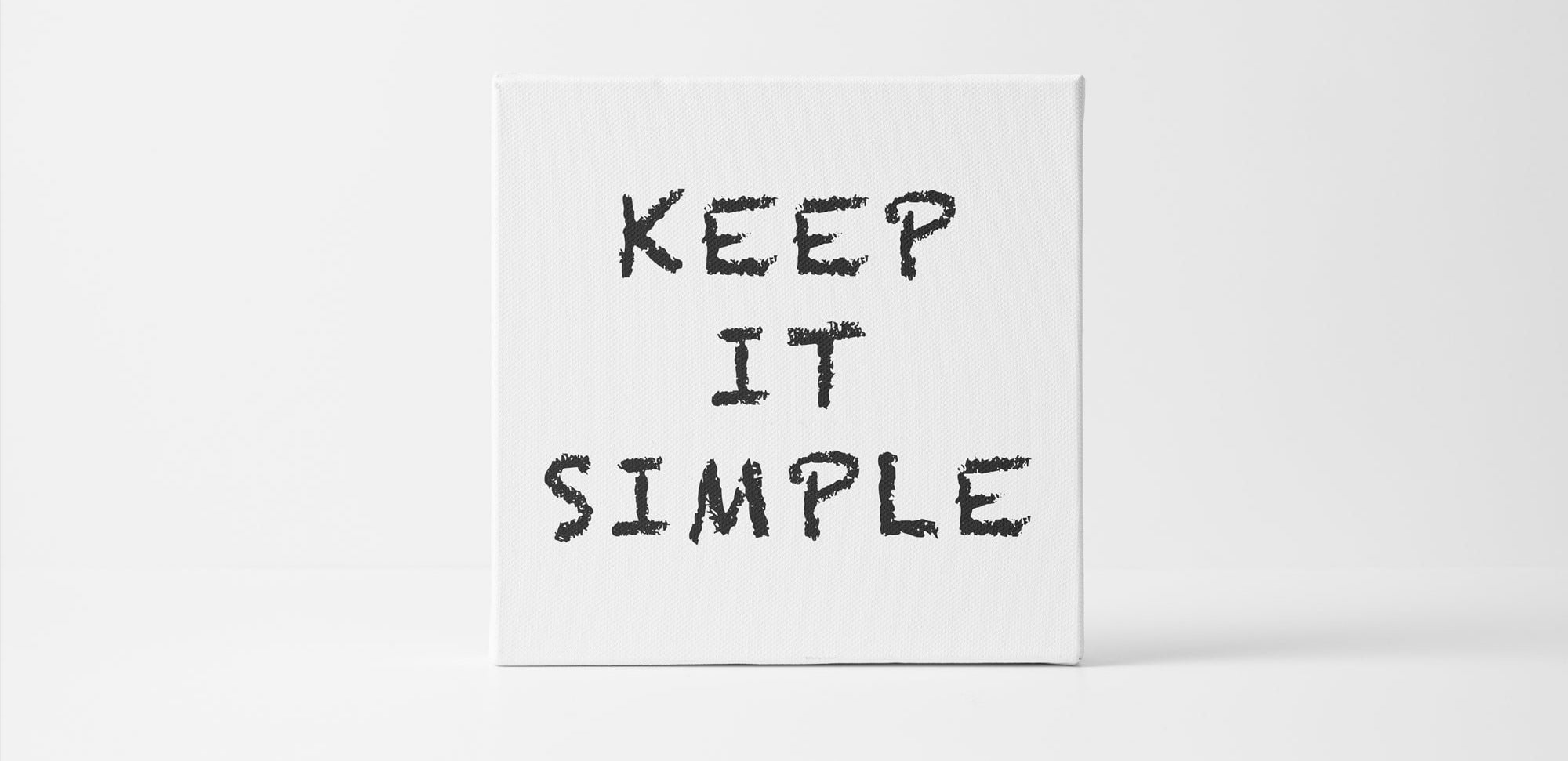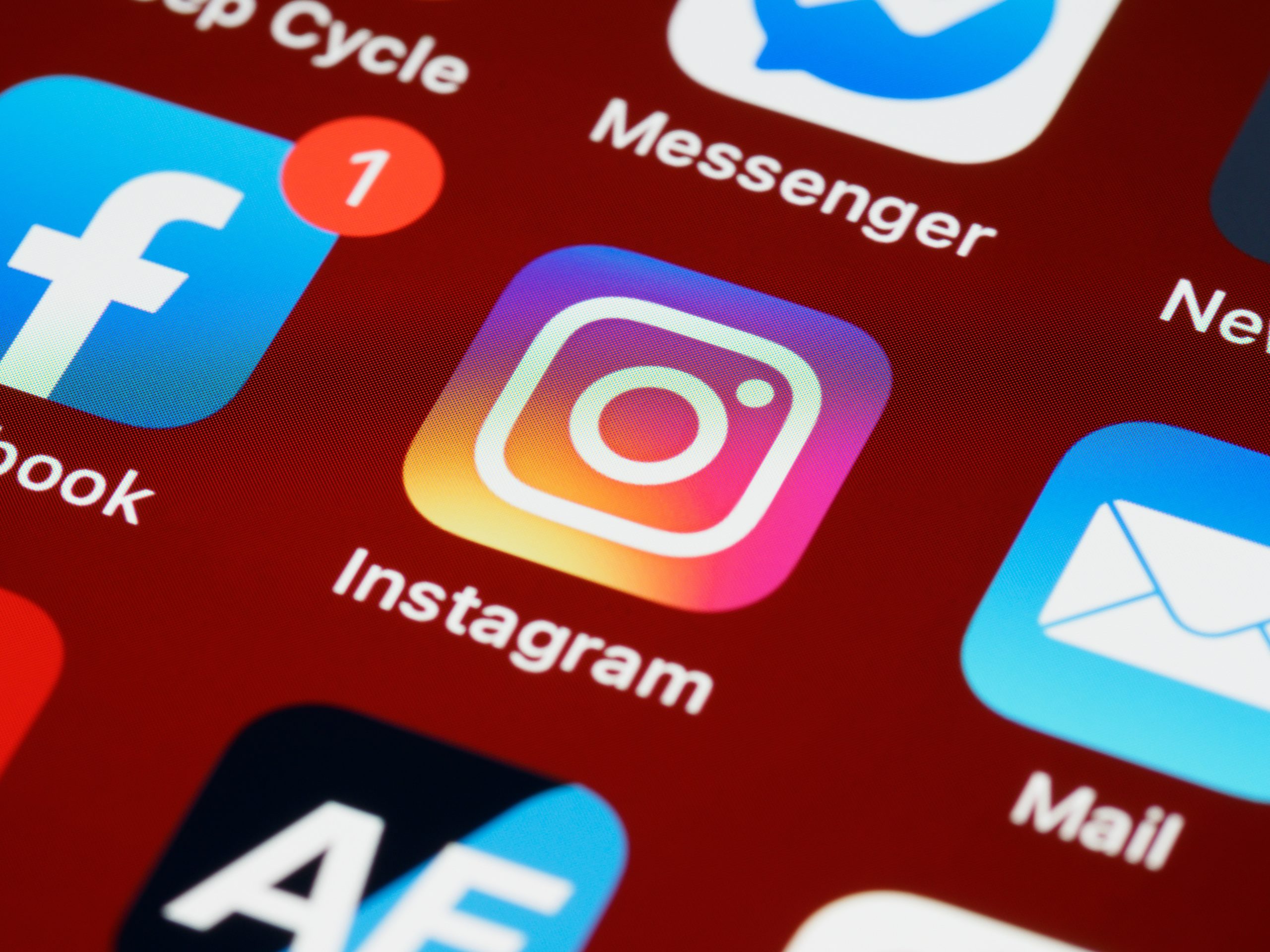Amazon uses these tricks. They will not force people to buy, but they can influence the decisions and, possibly, raise the value of the product in the eyes of site visitors.
So, the first way …
1. Social proof
People tend to do what others do, because this is how our brain works. To take advantage of “social proof”, show that people choose your product or service.How? Add reviews, recommendations from famous personalities and stars. It’s great if you already have it, and if not, you know what to do.
Buttons of social networks here. The user looks at the page and sees: “It was in the repost 85 times? It should be good … “. And widgets that show that some of your friends have joined, for example, on Facebook – the level is god.
Certificates, awards, list of partners, the number of happy and unhappy customers (joke) – all this is analyzed and causes trust – add!
2. Markers
“Bestseller”, “choice of buyers”, “chef recommends”, “hit” – well, how can you not look after such goods? Markers that are molded to the item card – work!They work because they make it easier to choose.
How to use? And so:
- for online stores: create a list of best-selling goods and make special tags within categories;
- for sites: on the page with tariffs, specify the popular option;
- for blogs and pages: use a widget that shows “what’s in the top” or “the most discussed” now.
3. Using anchors
The first information received will always be an anchor for further processing. For example, if at negotiations the first figure is 100 thousand dollars, then from it these negotiations will continue to dance and will. With the tariffs on the site also works.
4. Limited quantity
People are afraid to miss the chance. Marketers and other people know this, but forget to use it on sites. The mention of time, the information that the sale ends this Saturday, that the offer is valid until 12 o’clock, the ticking timer – this strengthens the desire of customers and speeds up decisions.
5. Gifts, trial and free samples
Attention, smart quote. Charles Darwin wrote that “reciprocity is the basis of human morality.” When we are given or done for us, we feel obliged to give something in return. So, if the online store gives a gift, you need to use the gift to complete the exchange.
6. Using the purchase context
Neuromarketing says that attention is controlled by goals. If we are hungry, we are looking for McDonalds. If the holidays – looking for gifts. Online stores enjoy holidays by placing banners with gift ideas on the main page. New Year’s Day, Valentine’s Day, March 8 and February 23, Daughters Day – make banners soon. Amazon.com also draws up the store with holiday offers.
7. Contrast elements
Our eyes, as in an intelligent “visual system”, focus attention on contrasts. Ancient people needed it to notice the face of a lion on a background of grass. And now this is enough to separate the object from the background.
People’s gaze focuses on contrasts, density and color composition, movement, people’s faces. Eye-tracking tools help assess attention distribution. Such tools are available online.
8. Simplify actions
The brain does not like to do extra work, because it requires energy. Make life easier for users. To buy, for example, in 1 click, without a five-hour registration and other torment. Reduce customer time, and they will buy more often.








